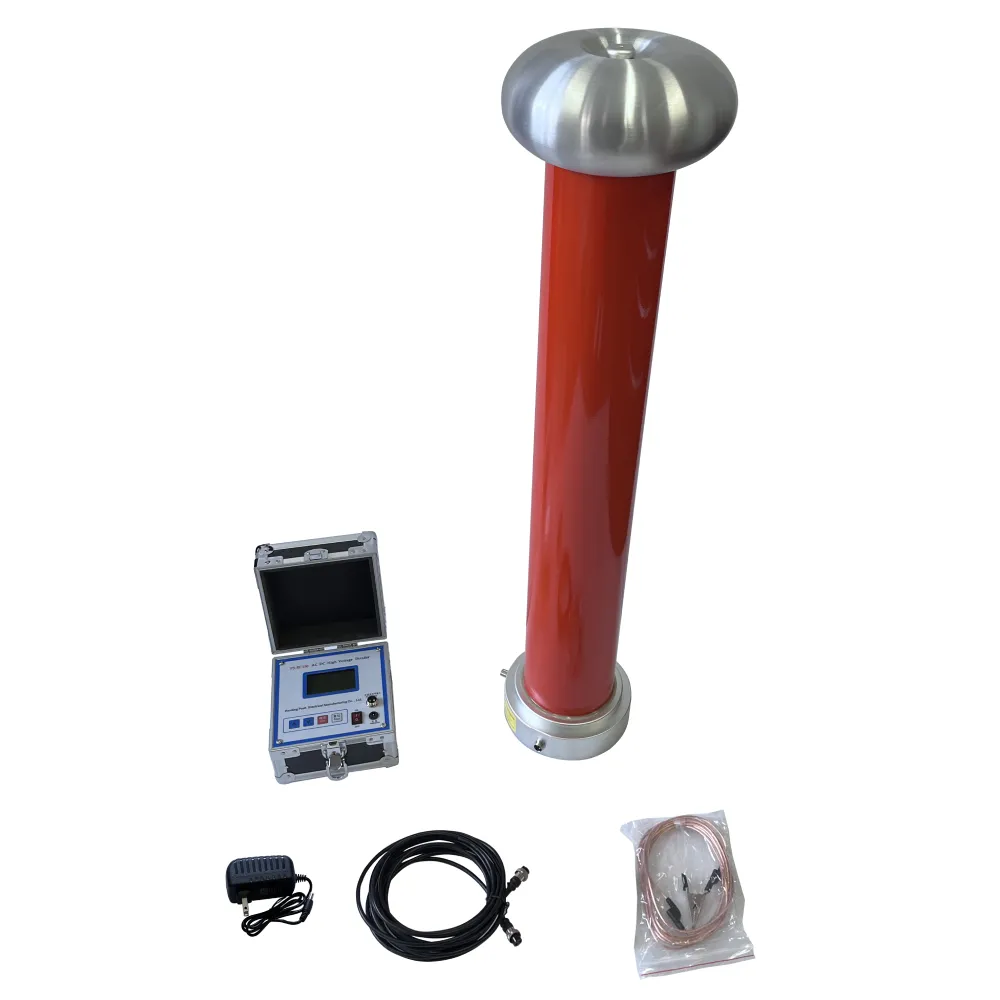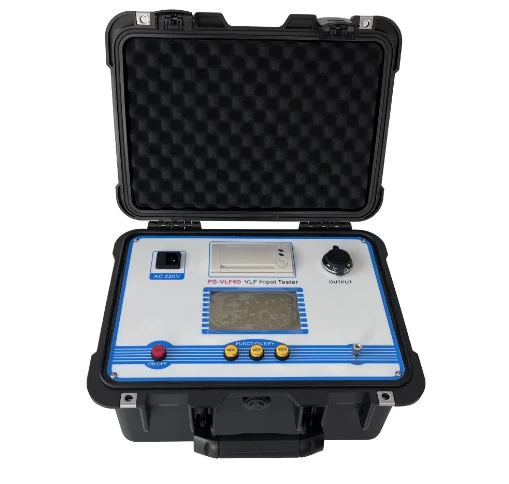TEL:
+86-0312-3189593
 English
English

Telephone:0312-3189593

Email:sales@oil-tester.com

-
 Afrikaans
Afrikaans -
 Albanian
Albanian -
 Amharic
Amharic -
 Arabic
Arabic -
 Armenian
Armenian -
 Azerbaijani
Azerbaijani -
 Basque
Basque -
 Belarusian
Belarusian -
 Bengali
Bengali -
 Bosnian
Bosnian -
 Bulgarian
Bulgarian -
 Catalan
Catalan -
 Cebuano
Cebuano -
 China
China -
 China (Taiwan)
China (Taiwan) -
 Corsican
Corsican -
 Croatian
Croatian -
 Czech
Czech -
 Danish
Danish -
 Dutch
Dutch -
 English
English -
 Esperanto
Esperanto -
 Estonian
Estonian -
 Finnish
Finnish -
 French
French -
 Frisian
Frisian -
 Galician
Galician -
 Georgian
Georgian -
 German
German -
 Greek
Greek -
 Gujarati
Gujarati -
 Haitian Creole
Haitian Creole -
 hausa
hausa -
 hawaiian
hawaiian -
 Hebrew
Hebrew -
 Hindi
Hindi -
 Miao
Miao -
 Hungarian
Hungarian -
 Icelandic
Icelandic -
 igbo
igbo -
 Indonesian
Indonesian -
 irish
irish -
 Italian
Italian -
 Japanese
Japanese -
 Javanese
Javanese -
 Kannada
Kannada -
 kazakh
kazakh -
 Khmer
Khmer -
 Rwandese
Rwandese -
 Korean
Korean -
 Kurdish
Kurdish -
 Kyrgyz
Kyrgyz -
 Lao
Lao -
 Latin
Latin -
 Latvian
Latvian -
 Lithuanian
Lithuanian -
 Luxembourgish
Luxembourgish -
 Macedonian
Macedonian -
 Malgashi
Malgashi -
 Malay
Malay -
 Malayalam
Malayalam -
 Maltese
Maltese -
 Maori
Maori -
 Marathi
Marathi -
 Mongolian
Mongolian -
 Myanmar
Myanmar -
 Nepali
Nepali -
 Norwegian
Norwegian -
 Norwegian
Norwegian -
 Occitan
Occitan -
 Pashto
Pashto -
 Persian
Persian -
 Polish
Polish -
 Portuguese
Portuguese -
 Punjabi
Punjabi -
 Romanian
Romanian -
 Russian
Russian -
 Samoan
Samoan -
 Scottish Gaelic
Scottish Gaelic -
 Serbian
Serbian -
 Sesotho
Sesotho -
 Shona
Shona -
 Sindhi
Sindhi -
 Sinhala
Sinhala -
 Slovak
Slovak -
 Slovenian
Slovenian -
 Somali
Somali -
 Spanish
Spanish -
 Sundanese
Sundanese -
 Swahili
Swahili -
 Swedish
Swedish -
 Tagalog
Tagalog -
 Tajik
Tajik -
 Tamil
Tamil -
 Tatar
Tatar -
 Telugu
Telugu -
 Thai
Thai -
 Turkish
Turkish -
 Turkmen
Turkmen -
 Ukrainian
Ukrainian -
 Urdu
Urdu -
 Uighur
Uighur -
 Uzbek
Uzbek -
 Vietnamese
Vietnamese -
 Welsh
Welsh -
 Bantu
Bantu -
 Yiddish
Yiddish -
 Yoruba
Yoruba -
 Zulu
Zulu
Februari . 15, 2025 19:07
Back to list
vacuum test of transformer tank
The vacuum test of a transformer tank is a critical aspect of ensuring the reliability and efficiency of electrical power transformers. This procedure evaluates the structural integrity and air-tightness of transformer tanks, which are vital for maintaining their optimal performance. This article delves into the intricate process of performing a vacuum test on transformer tanks, while emphasizing the importance of this procedure through firsthand experiences and expert insights.
From a technical vantage point, the nuances of a vacuum test extend to considerations of transformer design and material quality. Different manufacturers might employ varying materials and construction methods that affect how a vacuum test is performed. Experienced professionals emphasize the need to be acquainted with the specific design elements of each transformer to tailor the vacuum test accordingly. In terms of authoritativeness, adhering to industry standards such as those outlined by the ANSI/IEEE C57 series assures compliance and standardization. Such adherence not only solidifies the reliability of test results but also contributes to the overall dependability of power systems. Training and certifications in these recognized standards further enhance the credibility and trustworthiness of technicians handling the procedure. Professional associations and continuous education fortify the expertise required for conducting vacuum tests. Engaging with publications and attending workshops through organizations like the Institute of Electrical and Electronics Engineers (IEEE) can keep practitioners at the forefront of technological advancements and best practices. The vacuum test, as a proactive maintenance strategy, is indispensable for safeguarding transformers. It is a testament to a company's commitment to quality and operational excellence, reflecting directly on its reputation in the market. Firms employing rigorous testing protocols exhibit a high degree of professionalism and trustee reliability, meeting and often exceeding customer expectations. Concluding with an emphasis on trustworthiness, service providers that transparently communicate the results of vacuum tests alongside actionable recommendations foster confidence with clients. Comprehensive test reports that detail the procedure, findings, and remedial steps are pivotal in building long-lasting professional relationships. In summary, the vacuum test of transformer tanks integrates experience, specialized expertise, authoritative practices, and trust-based execution to bolster transformer performance and longevity. This synergy not only ensures operational efficiency but also fortifies the foundational support for modern electrical infrastructures. Through understanding and applying the principles elucidated above, organizations can achieve significant gains in reliability and client trust.


From a technical vantage point, the nuances of a vacuum test extend to considerations of transformer design and material quality. Different manufacturers might employ varying materials and construction methods that affect how a vacuum test is performed. Experienced professionals emphasize the need to be acquainted with the specific design elements of each transformer to tailor the vacuum test accordingly. In terms of authoritativeness, adhering to industry standards such as those outlined by the ANSI/IEEE C57 series assures compliance and standardization. Such adherence not only solidifies the reliability of test results but also contributes to the overall dependability of power systems. Training and certifications in these recognized standards further enhance the credibility and trustworthiness of technicians handling the procedure. Professional associations and continuous education fortify the expertise required for conducting vacuum tests. Engaging with publications and attending workshops through organizations like the Institute of Electrical and Electronics Engineers (IEEE) can keep practitioners at the forefront of technological advancements and best practices. The vacuum test, as a proactive maintenance strategy, is indispensable for safeguarding transformers. It is a testament to a company's commitment to quality and operational excellence, reflecting directly on its reputation in the market. Firms employing rigorous testing protocols exhibit a high degree of professionalism and trustee reliability, meeting and often exceeding customer expectations. Concluding with an emphasis on trustworthiness, service providers that transparently communicate the results of vacuum tests alongside actionable recommendations foster confidence with clients. Comprehensive test reports that detail the procedure, findings, and remedial steps are pivotal in building long-lasting professional relationships. In summary, the vacuum test of transformer tanks integrates experience, specialized expertise, authoritative practices, and trust-based execution to bolster transformer performance and longevity. This synergy not only ensures operational efficiency but also fortifies the foundational support for modern electrical infrastructures. Through understanding and applying the principles elucidated above, organizations can achieve significant gains in reliability and client trust.
Previous:
Latest news
-
Testing Equipment Industry Sees Major Advancements in 2025: Smart & Precision Technologies Lead the WayNewsJun.06,2025
-
Applications of Direct Current Generators in Renewable Energy SystemsNewsJun.05,2025
-
Hipot Tester Calibration and Accuracy GuidelinesNewsJun.05,2025
-
Digital Circuit Breaker Analyzer Features and BenefitsNewsJun.05,2025
-
Benefits of Real-Time Power Quality Monitoring Devices for Industrial EfficiencyNewsJun.05,2025
-
Earth Fault Loop Testing in High-Rise Building Electrical SystemsNewsJun.05,2025



